
Politics
16:33, 05-Dec-2017
Yemeni crisis explained: Timeline and key players
CGTN
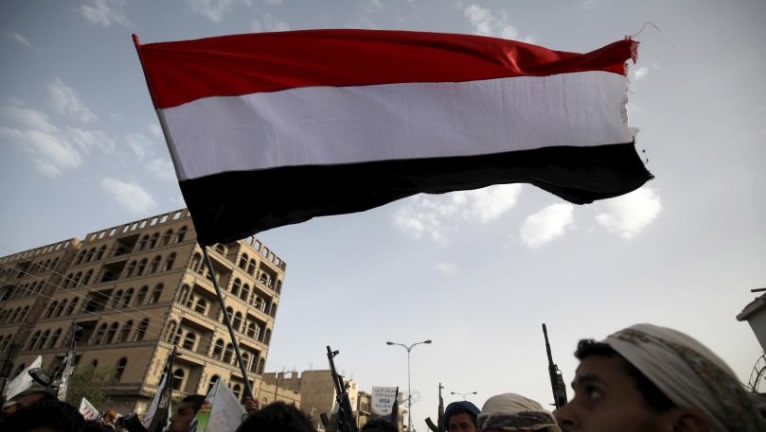
The Yemeni conflict has raged for two-and-a-half years, killing more than 8,600 people and wounding a further 49,000 since March 2015.
The war, together with a blockade imposed by the Saudi-led coalition, has left 20 million people in need of humanitarian assistance and created the world's largest food security emergency.
Here are the key players in the Yemeni crisis and the timeline of how the conflict developed.
How did the crisis develop?
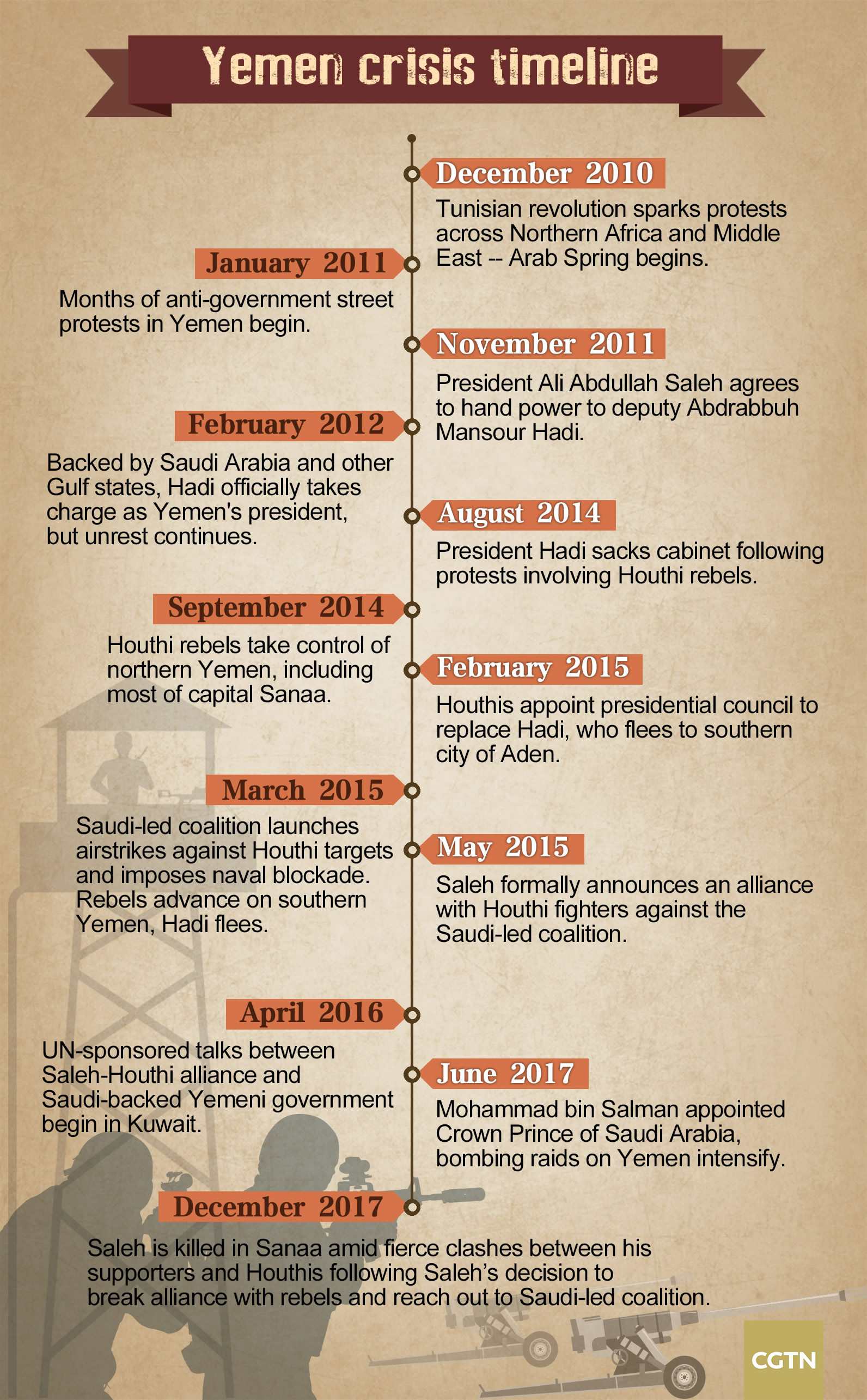
CGTN Photo
CGTN Photo
Key players
Allies of former President Ali Abdullah Saleh
Ali Abdullah Saleh became president of north Yemen in 1978 and remained in power after the country was unified as one republic in 1990. His reign ended in 2011 amid the Arab Spring – a series of anti-government uprisings across North Africa and the Middle East. He was replaced by his deputy Abdu Rabbu Mansour Hadi in return for immunity from prosecution. He left Yemen with a status as "one of the poorest countries in the world."
However, Saleh returned to prominence when his GPC party reached an agreement with the Houthis to form a political council to run the country in 2015, following Saudi-led coalition air raids in Sanaa.
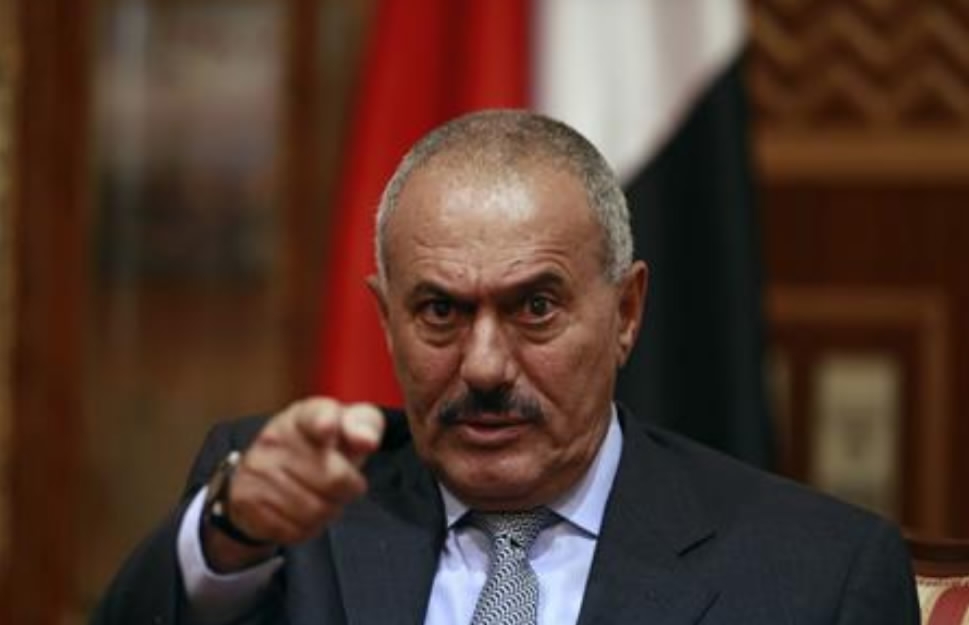
Yemen's former President Ali Abdullah Saleh /Reuters Photo
Yemen's former President Ali Abdullah Saleh /Reuters Photo
The former president was killed during an air raid by Yemen's Houthi group after he formally annulled his alliance with the Houthis and expressed willingness for a “new page” in ties with the Saudi-led coalition. The former president had access to key governing and intelligence networks, so the fate of these resources could be decisive.
The Houthi movement
The Houthi group began as a youth-orientated revivalist movement in the 1990s that defended the religious traditions of a branch of Shia Islam known as Zaidism.
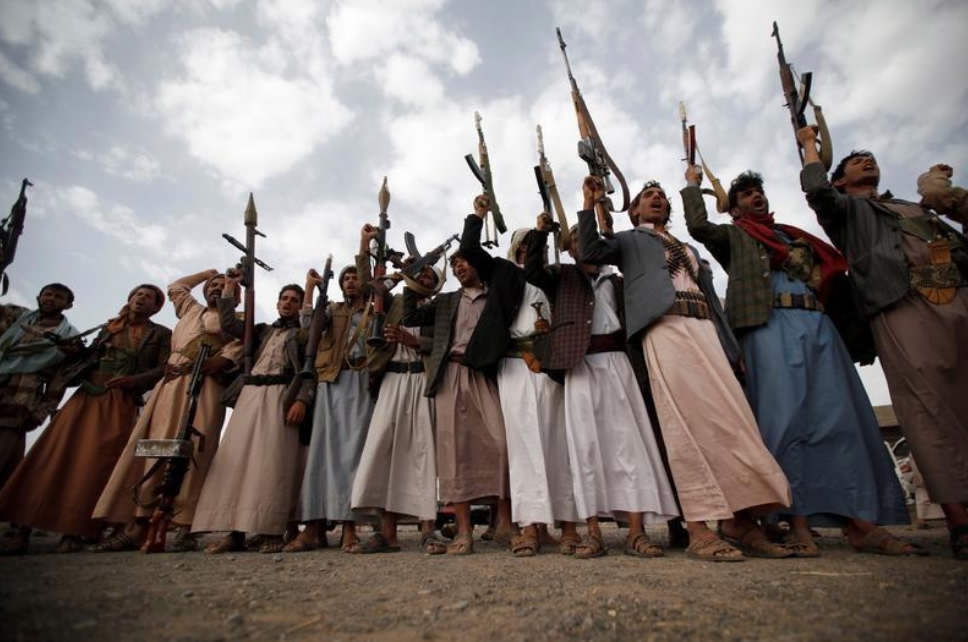
Houthi fighters hold up their weapons as they attend a tribal gathering in Sanaa, Yemen, June 20, 2016. /Reuters Photo
Houthi fighters hold up their weapons as they attend a tribal gathering in Sanaa, Yemen, June 20, 2016. /Reuters Photo
The group escalated its military campaign in 2014 because it believed Hadi had failed to govern effectively after he grasped power in 2011, and initially received support from many Yemenis. The group aimed to install a more effective government, and took control of much of the north of the country before installing a presidential council alongside Saleh. It has been pushed back in attempts to take southern Yemen by the Saudi-led coalition.
Abdu Rabbu Mansour Hadi
Abdu Rabbu Mansour Hadi took over the presidency after Saleh stepped down in 2011. He escaped to the southern port city of Aden after the Houthi movement advanced into Sanaa in January 2015 and then fled abroad in March. He is internationally recognized as the head of Yemeni government and backed by the Saudi-led coalition.
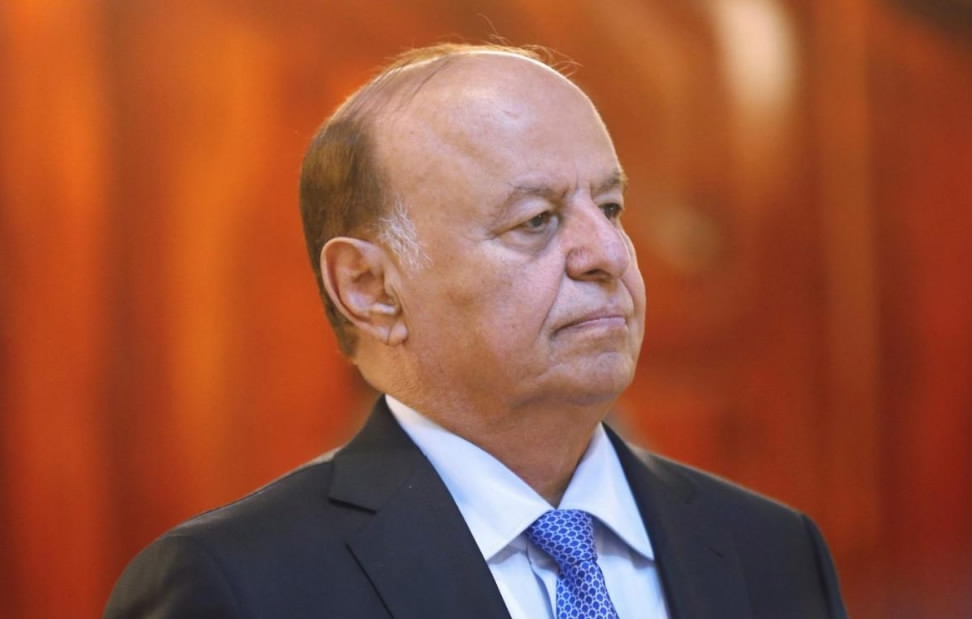
Yemen's President Abdu Rabbu Mansour Hadi /Reuters Photo
Yemen's President Abdu Rabbu Mansour Hadi /Reuters Photo
Saudi-led coalition
The coalition, formed by Saudi Arabia and eight other mostly Sunni Arab states, aims to restore Hadi's government. It has overseen an air campaign that has killed hundreds of civilians, but failed to make major progress in restoring Hadi to power. It was reported that the coalition also received logistical and intelligence support from the US, the UK and France.

SITEMAP
Copyright © 2018 CGTN. Beijing ICP prepared NO.16065310-3
Copyright © 2018 CGTN. Beijing ICP prepared NO.16065310-3